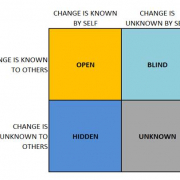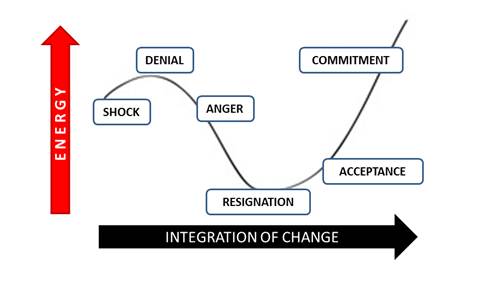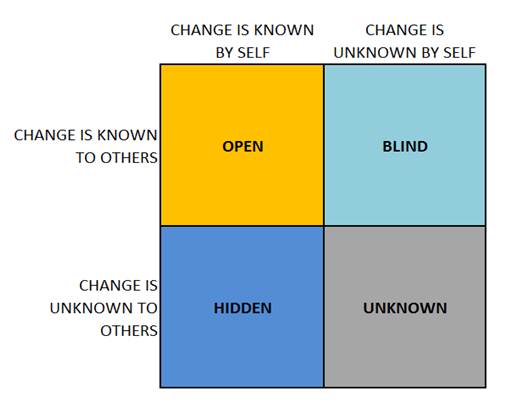
I was involved in a brief twitter exchange today and it got me thinking how we define a change enabler. Do we really know what enables change or what change enables? There are elements here of the chicken and egg scenario that began to show through the more I thought about it.
So let’s begin with trying to define the word enabler.
Putting my trust in Google to begin with I type “enabler”. The usual million and one responses appear, but all focus on key things – helping, allowing or permission, but worryingly there is a strong use of the word in psychological terms as someone who helps another to follow a path to self-destruction, particularly a addict or substance abuser! Now that was a sobering thought – no pun intended! So perhaps an enabler allows or permits one to primarily become destructive! Not really my ideal relation to successful change delivery!
Let’s try “enable”, this gets some more promising responses. Some things about training, ease of use, legal powers and empowerment! Oh I like empowerment. A change enabler could be a change empowerment device! That sounds more like it!
So I think this short research as given me some words to use when I describe a change enabler – I propose “someone or something that permits, allows or empowers a change to happen” – what do you think?
So what is “someone or something that permits, allows or empowers a change to happen”? OK! Now I need to think a bit more. I guess, and this was part of the conversation I had today on twitter, for many people they immediately think of technology. Now I agree technology allows you to do things today that you couldn’t in the past, or to do things faster or quicker, but is it an enabler. مباريات كاس العرب ٢٠٢١ Does is allow, permit or empower – I don’t think it does, it really is just the vehicle to make the “new” happen. I guess, technological advancement encourages change, proposes change and may be a solution for some change, but is it really an enabler? I’m going to say NO.
Now in my conversation I proposed things like people, environment, communications and process improvements are enablers delivered by technology. Being brave I will challenge myself on this, and no I am not delving back into the realms of psychology. The challenge is that technology enables process improvement, communications etc. Does it? Actually perhaps it does, but I’m starting to get a feeling here that there is only one item on that list that is a true change enabler.
Process improvements much like technology development, proposes change and encourages it to happen for the better, but doesn’t allow, help or empower it. Similarly the environment, whether it be physically trees and the big wide world, or just your workspace, doesn’t do much enabling. لعبة ضومنه اون لاين Where you work can help you with change, but it isn’t something that helps change and it’s certainly not an empowering or allowing vehicle for change. باى بال المواقع
Now what! Oh yes, People and communications! Well generally the communications tell you what you need to know for change, they help and prepare you for change, but it’s really the people that decide the content of the communications – good bad or otherwise! So what about the people? People help change happen – change managers, change agents, even us poor change management consultants! People allow change to happen – they are the ones that make the decisions on whether the change will happen – they permit or allow it to go forward. Do they empower change? Well, if we consider that empowerment is a transfer of responsibility to deliver or function in some way, then yes, it is the people who do that. So there you have it, the only really true change enablers are people!
Let me know what you think email me
 Pictures can be created in the mind. Sometimes I like to relate change experiences to something the audience can relate to and paint a picture in words. A frequently used reference point for me revolves around home decorating. ivermectin oral small k9
Pictures can be created in the mind. Sometimes I like to relate change experiences to something the audience can relate to and paint a picture in words. A frequently used reference point for me revolves around home decorating. ivermectin oral small k9





